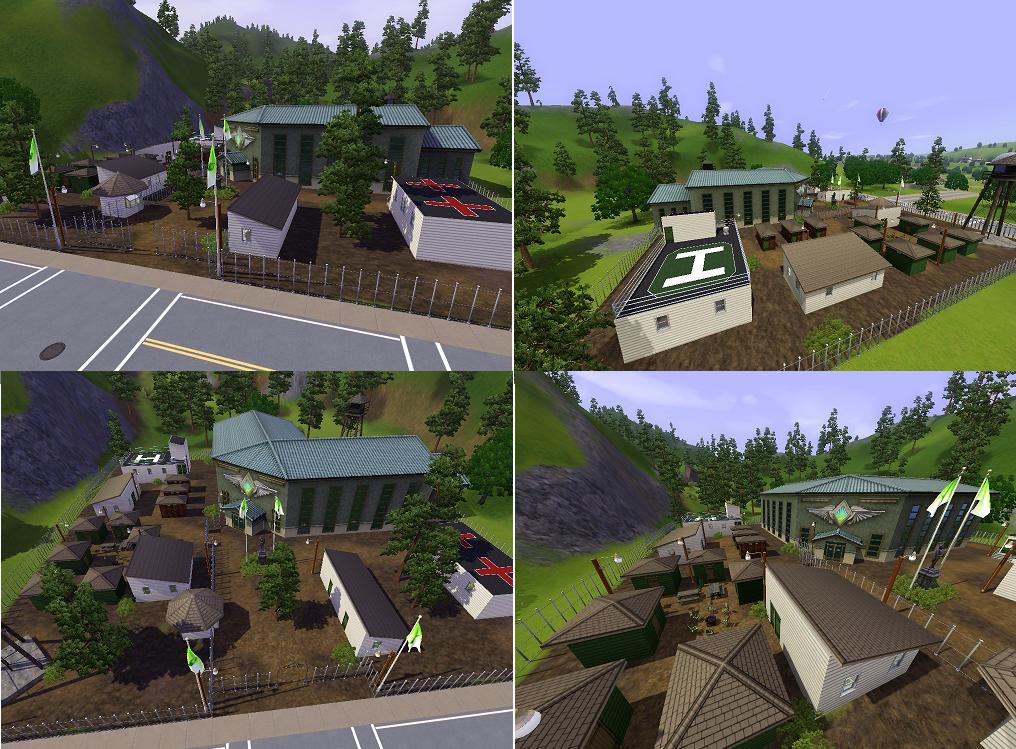Military Sim S
Smac 2.7 Serial Number here. Baseops Recommends OneSimCard for your foreign travel Sim Card needs! Driver Scanner Kyocera Km 2810 Windows 7 here.
Soldiers from Britain's Royal Artillery train in a 'virtual world' during Exercise Steel Sabre, 2015 Military simulations, also known informally as war games, are in which theories of warfare can be tested and refined without the need for actual hostilities. Many professional analysts object to the term wargames as this is generally taken to be referring to the, thus the preference for the term simulation. Simulations exist in many different forms, with varying degrees of realism. In recent times, the scope of simulations has widened to include not only but also and factors, which are seen as inextricably entwined in a realistic warfare model. Whilst many governments make use of simulation, both individually and collaboratively, little is known about it outside professional circles. Yet modelling is often the means by which governments test and refine their military and political policies. Military simulations are seen as a useful way to develop, and solutions, but critics argue that the conclusions drawn from such models are inherently flawed, due to the approximate nature of the models used.


Military simulations range from field exercises through computer simulations to analytical models; the realism of live manoeuvres is countered by the economy of abstract simulations. The term military simulation can cover a wide spectrum of activities, ranging from, to abstract computerized models that can proceed with little or no human involvement—such as the (RSAC). As a general scientific principle, the most reliable data comes from actual observation and the most reliable theories depend on it. Panasonic Call Accounting Software. This also holds true in military analysis, where analysts look towards live field-exercises and trials as providing data likely to be realistic (depending on the realism of the exercise) and verifiable (it has been gathered by actual observation). One can readily discover, for example, how long it takes to construct a under given conditions with given manpower, and this data can then generate for expected performance under similar conditions in the future, or serve to refine the bridge-building process.
Any form of training can be regarded as a 'simulation' in the strictest sense of the word (inasmuch as it simulates an operational environment); however, many if not most exercises take place not to test new ideas or models, but to provide the participants with the skills to operate within existing ones. Full-scale military exercises, or even smaller-scale ones, are not always feasible or even desirable. Availability of resources, including money, is a significant factor—it costs a lot to release troops and from any standing commitments, to transport them to a suitable location, and then to cover additional expenses such as petroleum, oil and lubricants (POL) usage, equipment maintenance, supplies and consumables replenishment and other items. In addition, certain warfare models do not lend themselves to verification using this realistic method.
It might, for example, prove counter-productive to accurately test an scenario by killing one's own troops. Moving away from the field exercise, it is often more convenient to test a theory by reducing the level of personnel involvement. Map exercises can be conducted involving senior officers and planners, but without the need to physically move around any troops. These retain some human input, and thus can still reflect to some extent the human imponderables that make warfare so challenging to model, with the advantage of reduced costs and increased accessibility. A map exercise can also be conducted with far less forward planning than a full-scale deployment, making it an attractive option for more minor simulations that would not merit anything larger, as well as for very major operations where cost, or secrecy, is an issue. (This was true in the planning of.) Increasing the level of abstraction still further, simulation moves towards an environment readily recognised.



